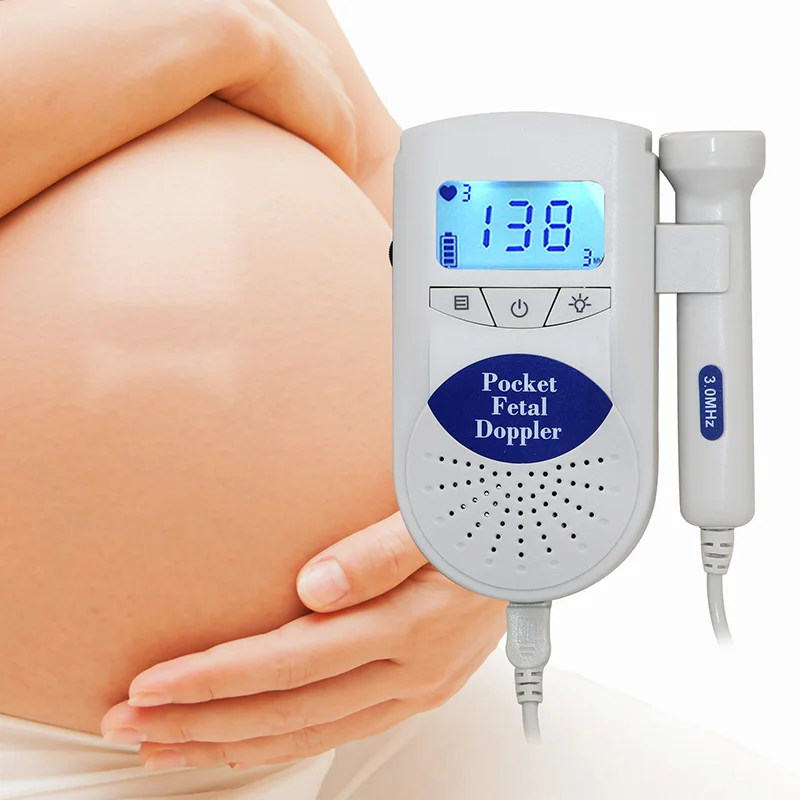
Fetal Doppler
A fetal Doppler is a handheld device that allows expectant parents to listen to their baby’s heartbeat from the comfort of their home. This innovative tool uses ultrasound technology to detect and amplify the sound of the fetal heart, providing reassurance and a deeper connection between parents and their unborn child. In this detailed guide, we’ll explore how fetal Dopplers work, their benefits, safety considerations, and tips for choosing the best one for your needs.
How a Fetal Doppler Works
A fetal Doppler emits high-frequency sound waves that penetrate the abdomen and bounce off the baby’s heart. The device then captures the returning echoes and converts them into audible sound. This process, known as the Doppler effect, enables you to hear your baby’s heartbeat as early as 8-12 weeks into pregnancy. Unlike stethoscopes, which require training to use effectively, a fetal Doppler is user-friendly and delivers clear, immediate results.
Benefits of Using a Fetal Doppler
Safety Considerations for Fetal Dopplers
Fetal Dopplers are safe when used correctly and in moderation. The ultrasound waves emitted by the device are low-frequency and non-invasive, posing no harm to the baby or mother. However, it’s important to follow these guidelines:
- Limit usage to 1-2 times per week for short durations (5-10 minutes).
- Avoid using the Doppler as a substitute for professional medical care.
- Consult your healthcare provider if you have concerns about your baby’s heartbeat or movements.
How to Choose the Best Fetal Doppler
- Accuracy and Sensitivity: Look for a Doppler with high sensitivity to detect the heartbeat early in pregnancy. Advanced models can pick up the heartbeat as early as 8 weeks.
- Ease of Use: Choose a device with a clear display, intuitive controls, and ergonomic design. Some models include features like heartbeat count displays and volume adjustment for added convenience.
- Portability: Opt for a compact, lightweight Doppler that’s easy to carry and store. Battery-operated models are ideal for on-the-go use.
- Additional Features: Many fetal Dopplers come with extras such as headphones, gel bottles, and carrying cases. These accessories enhance the user experience and make monitoring more comfortable.
- FDA Approval: Ensure the device is FDA-cleared for home use, as this guarantees it meets safety and performance standards.
How to Use a Fetal Doppler at Home
- Apply a generous amount of ultrasound gel to your lower abdomen to improve sound transmission.
- Turn on the Doppler and gently glide the probe across your belly, starting just above the pubic bone.
- Move the probe slowly and steadily, angling it slightly to find the heartbeat.
- Once you detect the heartbeat, note the rhythm and count the beats per minute (normal range is 120-160 BPM).Contact Us
Conclusion
A fetal Doppler is a valuable tool for expectant parents, offering reassurance, convenience, and an early connection with your baby. By choosing a high-quality device and using it responsibly, you can enjoy the incredible experience of hearing your baby’s heartbeat anytime, anywhere. Always remember to consult your healthcare provider for professional guidance and to address any concerns during your pregnancy journey..Schedule your Consultation with Dr. Ritesh Nawkhare
